Before you design a garden, it’s important to think carefully about the space itself—its assets and constraints. How do you want to use it? What’s its present state and what will it require to get it the way you want it? This post handles five big questions that need to be answered before you put a design on paper or a shovel in the ground.
Lorie’s herb garden is one of the DIY projects I helped with this spring.
Garden Design Preliminaries
This spring, as I was helping several people design gardens, I got to thinking about all the things I have learned and continue to learn about garden design and all the things (I think) I am helping friends and family learn through these projects.
First, let’s be clear. I don’t claim to be an expert on anything. I am not a professional designer or a master gardener. But I do know a bit about designing things, and I enjoy designing. I have designed gardens and yards, porches and patios, fountains, sheds, kitchens, and outbuildings. I like playing with space and I like envisioning different ideas.
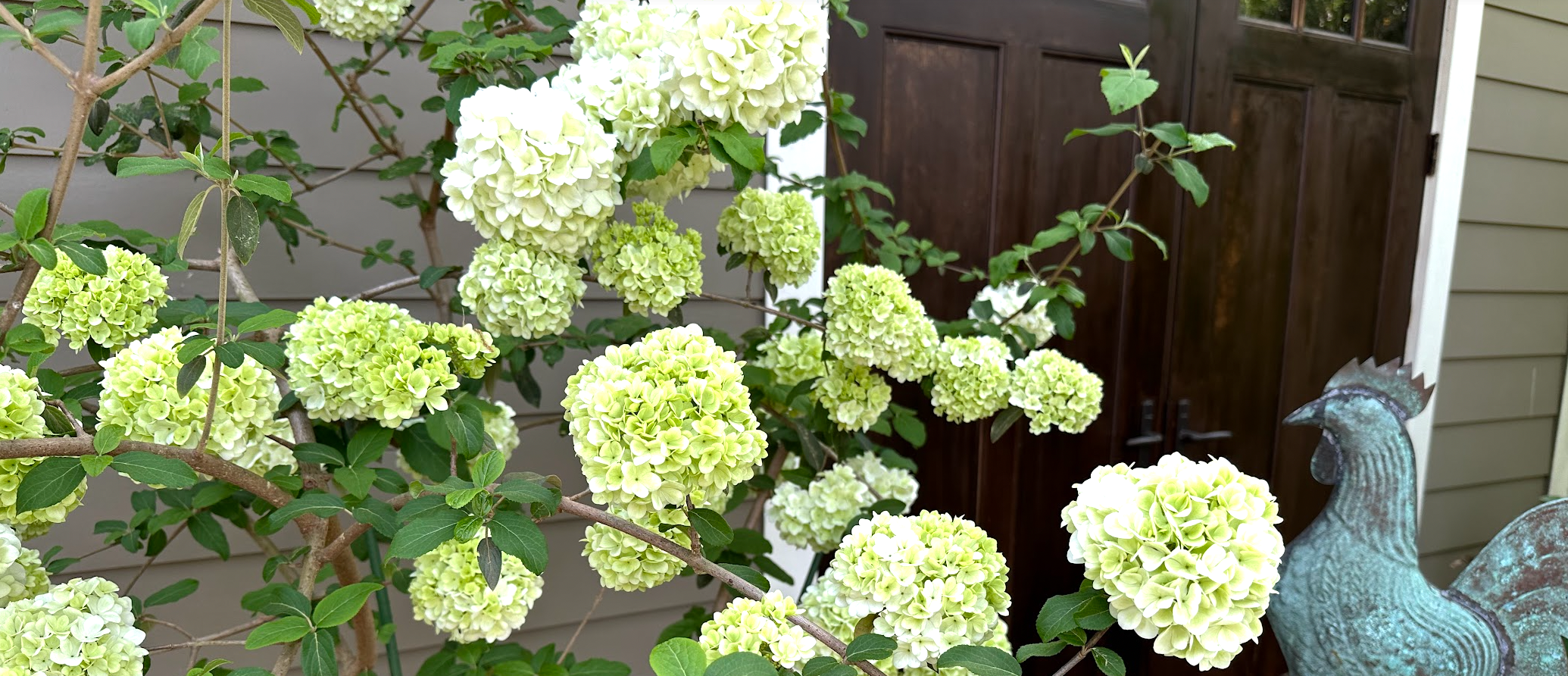
That said, while I don’t think designing a garden is rocket science, I also don’t think it is something to take lightly. I say this because there are just too many dug-up abandoned spaces where people with the best of intentions create spaces—often at considerable expense—and then for whatever reason, don’t do anything with them after a year or two.
In the next post in this series, we’ll talk about designing space. But before we can even begin to think about space, we need to think our ways through 5 important questions to consider before you put a design on paper or a shovel in the ground.
Ready?
5 Big Questions to Consider before you Design a Garden
Table of Contents
The Five Questions

Question #1
Where is your space and how do you want to use it?
For example, is this going to be a bed at the front of your house that you want to provide a bit of curb appeal year-round? Or a bed to add a bit of seasonal color in warmer months? Or maybe a flower bed that you plan to treat as a hobby and tend and weed? Is there a problem that this bed is intended to address? Carefully consider your space in light of what you think you want to do with it.
Question #2
Describe the space. What is it like? How big is it? How is it situated? What is around it that might lend it shade or protection from too much sun (a consideration in SC) or wind, or water? I have a brick wall around my back garden that provides a lot of protection from wind during storms and cold during the winter. So, think about exposure, and think about the way the space itself offers particular assets and defines constraints.


Question #3
How much of YOU do you plan to spend in this garden? Now we’re getting personal. But seriously…Do you want a low-care garden or a hobby garden? A manicured space or something less formal. Whatever you choose, you need to get over any notion you might have that you can have a garden that requires zero care. You can’t.
Gardens have plants, and plants need soil and sun, food and water. It isn’t that it is hard to take care of a garden, it is more that you have to commit to a garden sort of like you commit to owning a pet. Give it what it needs so it can live, give it what it likes so it can grow. Give it what it loves so it can thrive.
Especially as plants are getting established, you may need to pamper them a little as you would a baby or a puppy while roots are getting established. More frequent watering. More frequent weeding. Stuff like that.
Question #4
What is the present situation? What does the site look like now? What will you have to do to prepare the site for planting? Will you need help? Or can you do it yourself or with a friend?


Question #5
What USDA zone do you live in? You need to know this before you decide what plants and trees and shrubs to put in. Do some research especially on trees and shrubs before you buy. In addition to being careful to choose plants that will do well in your area, you’ll want to consider how tall things get, how wide they get, and how long they take to get full sized. So here you start to see why this site analysis step is so important. Because your challenge is to work with the land you have and let plants do what they are supposed to do.
So, while there is a lot to consider, realize that thinking these things through now will help you to avoid a lot of expense and pain in the future.
Let me show you around a couple of the gardens I helped design this spring so you can see how we answered some of these questions before we dove into a design.
Lorie’s Herb Garden
This is a great example of a garden with a specific purpose in a clearly defined space.
1. Where is your space and how do you want to use it?
Their space is right outside the door to Lorie and Tim’s kitchen. Lorie envisioned this as a working herb garden to include a few salad veggies; I encouraged her to add some edible flowers with lots of stuff to attract pollinators and butterflies.
2. Describe the space. How big is it? How is it situated? What is around it that might lend it shade or protection?
You can see that this garden is roughly triangular. It is situated with their house on two sides of it and driveway on the third side. The garden faces east, so it will get morning sun and the house will provide afternoon shade. Perfect in South Carolina! The house will also provide a bit of shelter from the wind and cold in winter.
3. How much of YOU do you plan to spend in this garden?
Lorie and Tim love spending time outdoors and Lorie is an experienced gardener. She enjoys digging in the dirt and planting and harvesting and cooking with herbs, so this isn’t so much a chore for her as it is a part of the life and lifestyle she is creating for herself in her new home.
4. What is the present situation?
What will you have to do to prepare the site for planting? Will you need help? Before she started this project, there was an overgrown crepe myrtle tree that had to be taken out and some knarly-looking shrubs. Lorie had the tree removed by a professional company, then the roots had to be chopped out. (Good thing we had a grub hoe!) I helped with some of it, but she did most of it herself.
5. What zone are we in? Is this a microclimate?
Columbia SC is firmly in USDA zone 8b. This means that our summers get hotter than hell and our winters can get down to 15-20° F. It is unusual for us to get below that for very long at a time. Our first frosts occur around the end of November and last frosts typically occur around the end of March.
As for this garden being in a microclimate, I would say it is with the moderating effects on temperature of the two walls of the house and the driveway. In the winter, the walls and driveway will help to shelter it from wind and will moderate temperature. In the summer, the house will provide afternoon shade.
Lorie’s Herb Garden
Tree Shopping
Site when we began
The garden is bordered by the house on two sides
Lorie is in Zone 8b. Search for your zone by zipcode with USDA Zone map.
Katie and Rich’s Gardens
Katie already had big plans for her yard last year when I was up here working with them on their shed. We talked then about a bed that would run along the driveway and sidewalk up to the house as well as the possibility of a bed in the back that would provide some privacy from the front doors of her neighbors on the cul-de-sac behind them.
So, in their yard, we are talking about two main areas: the front yard and the back yard. Let’s look at our design questions.
1. Where is your space and how do you want to use it?
In the front, the space is wide open, defined by cement sidewalks and a driveway, lots of grass, and a big sycamore tree. They were after some perma-plantings to spruce up the look of the house from the street and the approach to the front door.
In the back, is a wide-open space that faces a cul-de-sac with seven houses, five of which look directly into Katie and Rich’s backdoor. They wanted a bed that would provide a bit of privacy, and Katie wanted a place where she could plant perennials and plants to attract pollinators.
2. Describe the space. How big is it? How is it situated? What is around it that might lend it shade or protection?
The space is big by my standards. There are two mature trees on the property—a sycamore and a maple—and they both provide a good amount of shade accompanied by a fair amount of mess. But we love the trees and don’t mind dealing with the mess. The sycamore in front has a lot of surface roots that we will have to work around.
In the back, once we plant the bed and put in tall shrubs to screen the street, the garden facing the back door will be south facing. Here, Katie can grow her perennials and annuals too, if she wants. On the street side, once the shrubs get a bit taller, anything planted on that side will be on the north side of the shrubs and will be shaded.
3. How much of YOU do you plan to spend in this garden?
Katie and Rich both love being outside and tending to their yard, so taking care of the garden they want shouldn’t be an issue. One thing that I did question was how they would irrigate the gardens, especially when they travel. We decided that an irrigation system with an automatic timer would be a great way to protect their investment.
4. What is the present situation?
What will you have to do to get it ready for planting? We starte with grass. A lot of Kentucky bluegrass. It’s everywhere and it’s just gorgeous. We had to kill a lot of it to make the beds. We determined that we would use sheet composting to make the beds rather than trying to till everything up, and were able to do all of it ourselves.
5. What zone are we in? Is this a microclimate?
Rich and Katie live in zone 6a which means cold temperatures in the winter get to between -5 and -10°. Their first frosts typically hit around the second week of October and their last frosts occur around the last week of April. There is no microclimate to speak of. Because the gardens are so exposed, we are concerned that we may have to protect our young plantings from wind and cold. in the winter.
The front yard
The back bed before
Katie hauling trees in the BMW pickup
The back bed planted
Katie and Jen in the new arbor
Katie and Rich are in Zone 6a. Search for your zone by zipcode with USDA Zone map
My Gardens
Like Lorie, I live in the city in Columbia, SC on a small lot. A little history…When we bought our house in 2008, the back yard was completely overgrown with red tips, camelias, a hackberry that eventually died of old age, a falling-down 1940’s garage and a hot tub that we inherited from the previous owners. By the time we finally were able to redo the backyard and build the outbuilding and a screened porch in 2017, the tree had died and the garage had caved in. Because the lot is so small, we had to level everything to build our screened patio and back building.
1. Where is your space and how do you want to use it?
Our space is made up of a narrow passage between two houses that opens onto a small yard and then goes back behind the outbuilding. We needed pathways to walk from the driveway to the back door and from the back door to the outbuilding. We wanted permanent plantings along the paths and a garden where I could plant flowers. Our goal was to create a livable backyard and to make the screened patio and office space feel like part of the garden.
2. Describe the space. How big is it? How is it situated? What is around it that might lend it shade or protection?
The space is small. There is less than 12’ between the two houses, and the yard where it opens up behind the screened patio is only 65’ wide from one property line to the other.
We built a 6’ brick fence around the whole back yard which provides a natural backdrop and a wind screen and creates a microclimate in the winter. The beds outside the screened patio face south and get sun most of the day. The beds outside the outbuilding face north and get little direct sun. The sections between the outbuilding and the wall and the two houses get a lot of shade and a bit of afternoon sun. The main garden against the west fence gets morning sun and is shaded by a maple tree in the afternoon.
3. How much of YOU do you plan to spend in this garden?
I don’t think I really need to tell you how much of me I spend in my garden, do I?
4. What is the present situation?
What will you have to do to get it ready for planting? We started with a blank slate bordered by the screened patio, the back building, and surrounded by the brick wall.
5. What zone are we in? Is this a microclimate?
We are firmly in USDA 8b meaning that our summers are HOT and our winters can get down to 15-20° F. As far as it being a microclimate, we definitely have one that is created by the brick fence around the property which moderates temperatures, frost, and wind.
Backyard Plan
The backyard before planting
Between the two houses before the project
My backyard today
We are in Zone 8b. Search for your zone by zipcode with the USDA Zone map.
Conclusion
So, what does any of this mean for you? Maybe you came here looking for inspiration or maybe a little courage or perhaps a bit of how-to advice. Hopefully, I provided a little bit of all that with this post and video.
My main reason for doing this was to help DIYers think through some of the initial hurdles that often seem to reveal themselves later in a project. If you know to establish goals and boundaries before you start a project, it makes it easier to maintain your focus on the project and not start trying to solve other problems in the yard.
So, what about you? Are you ready to start thinking about a design for your space? You can download my free planner and get started with a site analysis of your own. Then come back here to Jennifer’s Home Journal when I post our next vlog on bed design. In Garden Design II, we’ll talk about shaping beds and structuring them. As my mom used to say, “Plan your winter garden first.”
See you then!
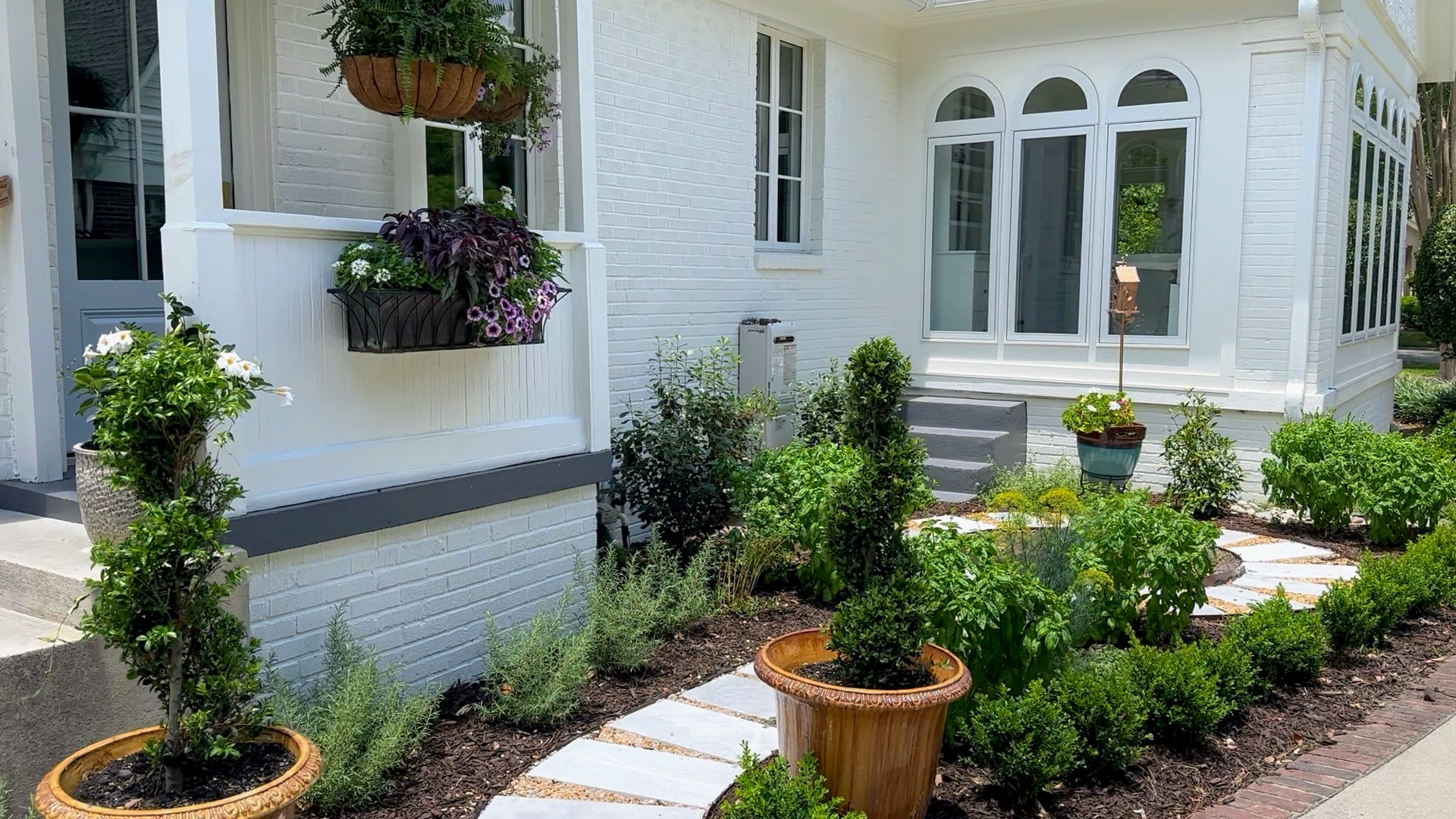
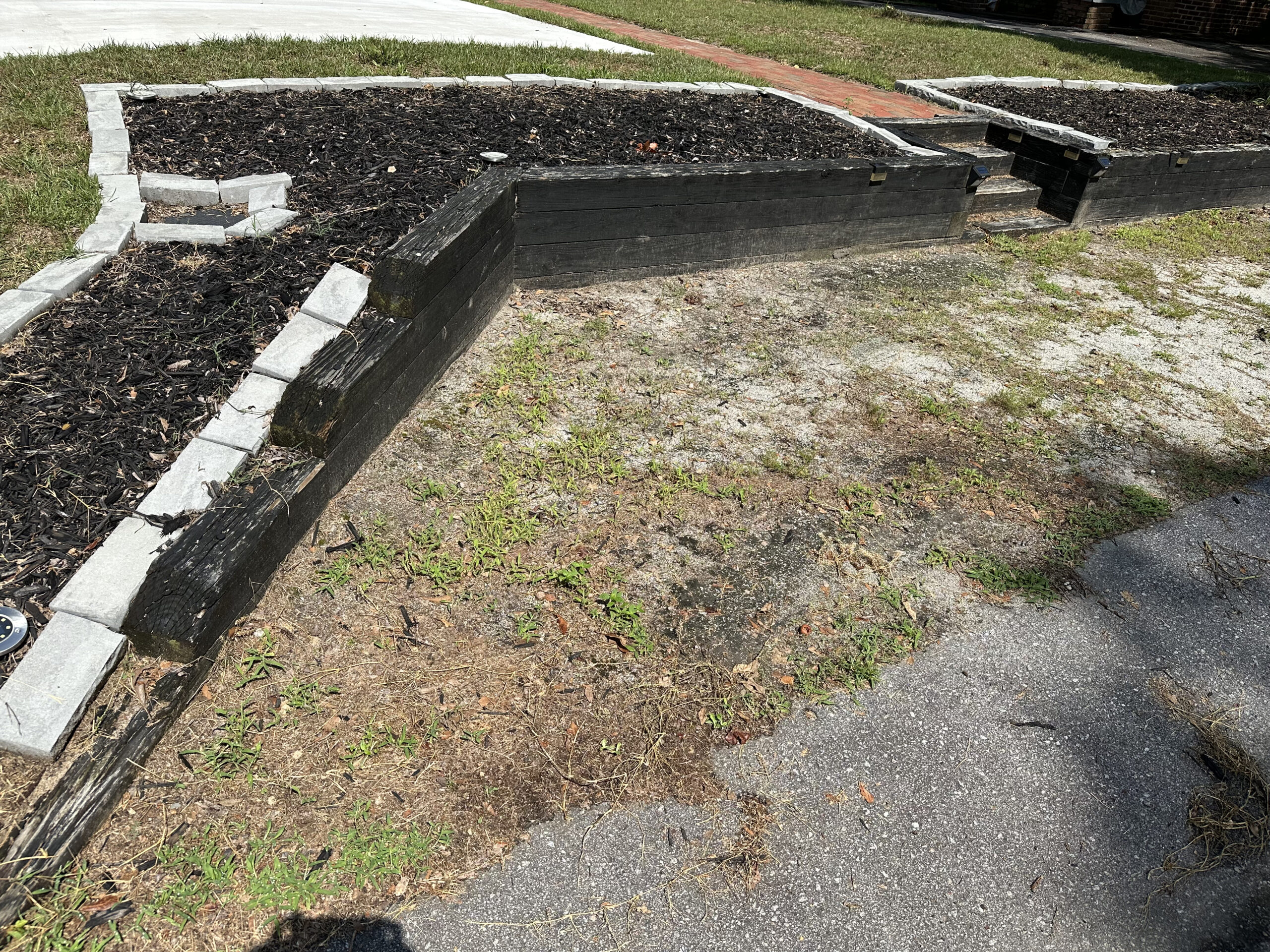

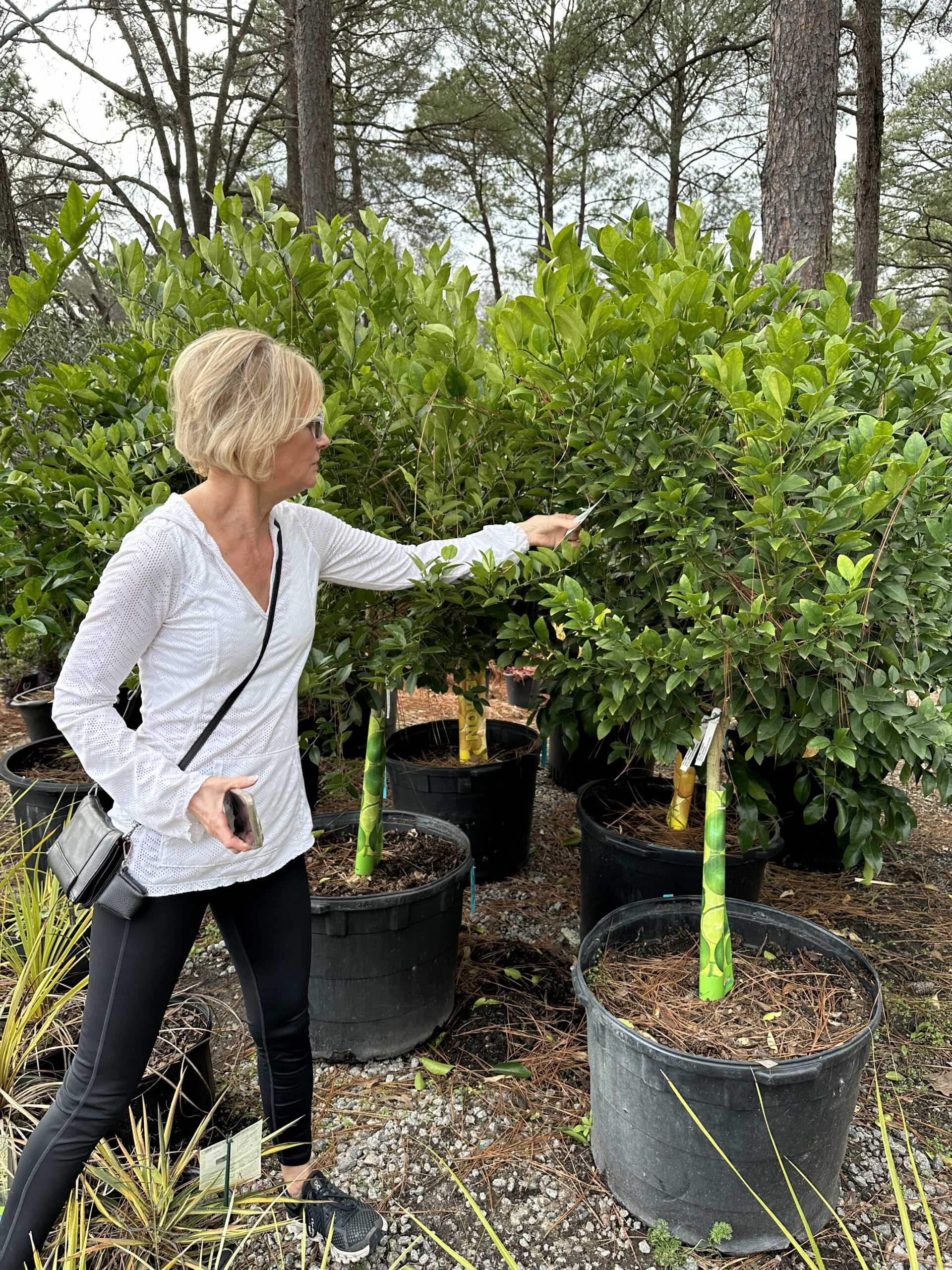
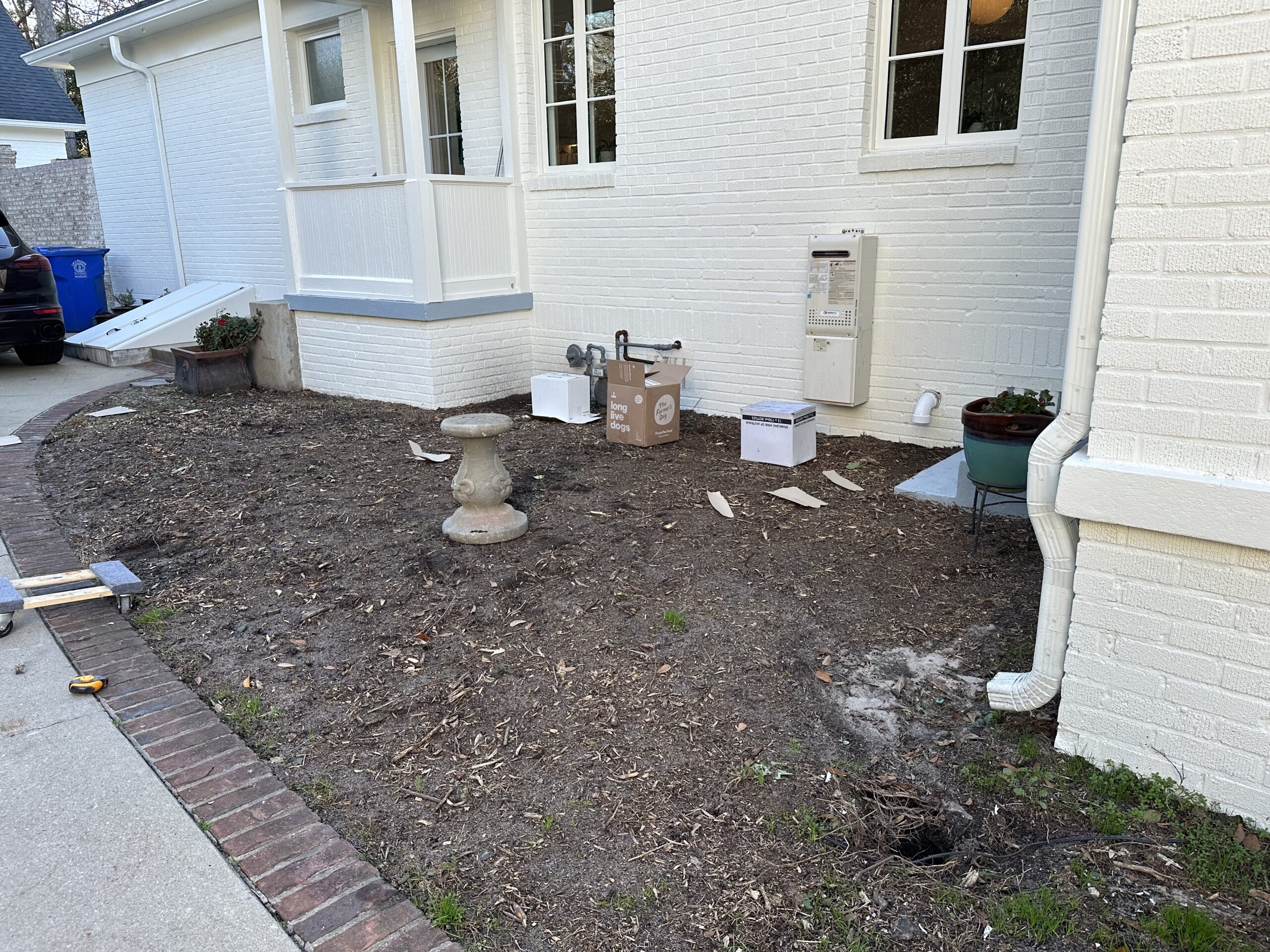
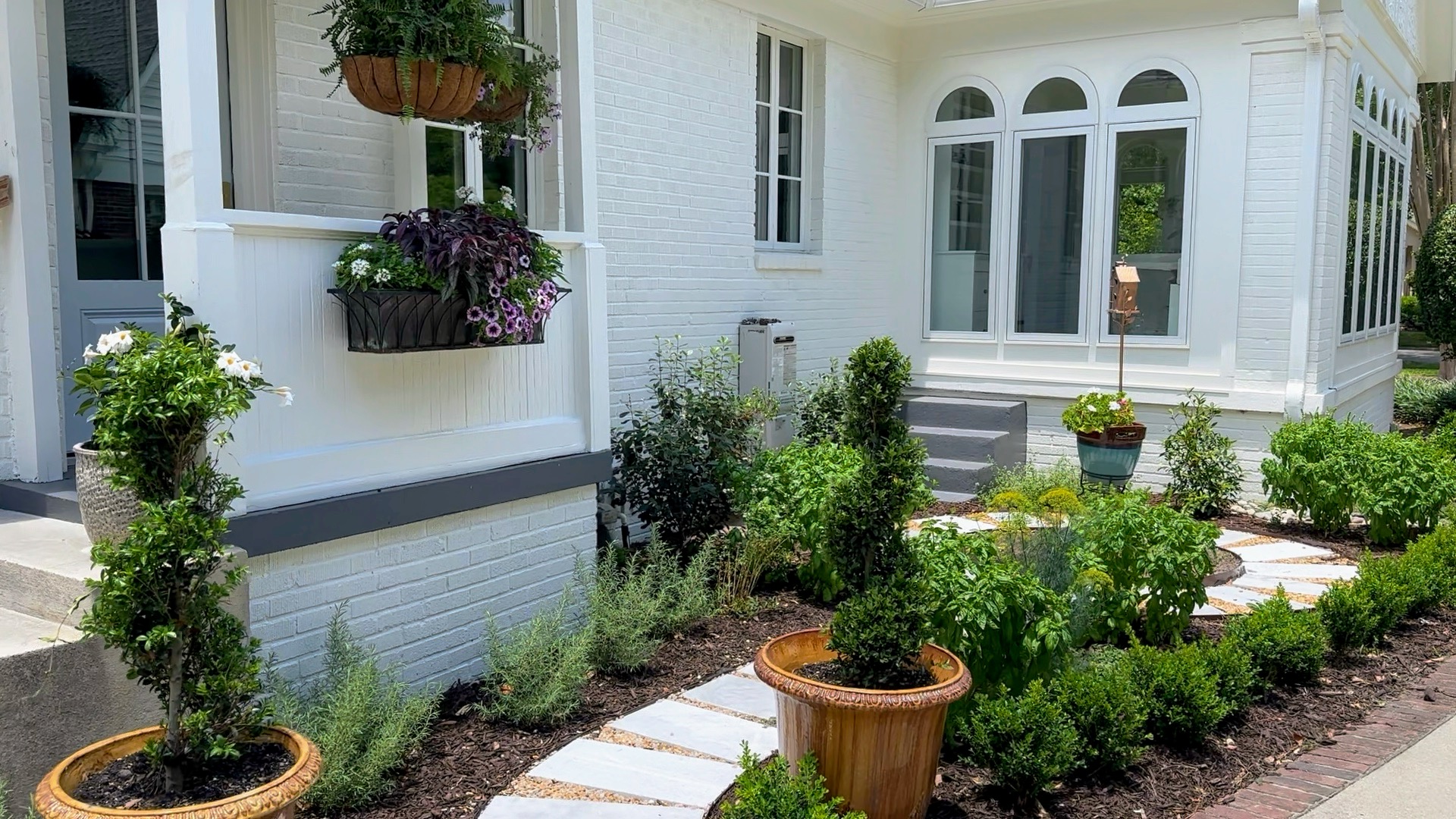

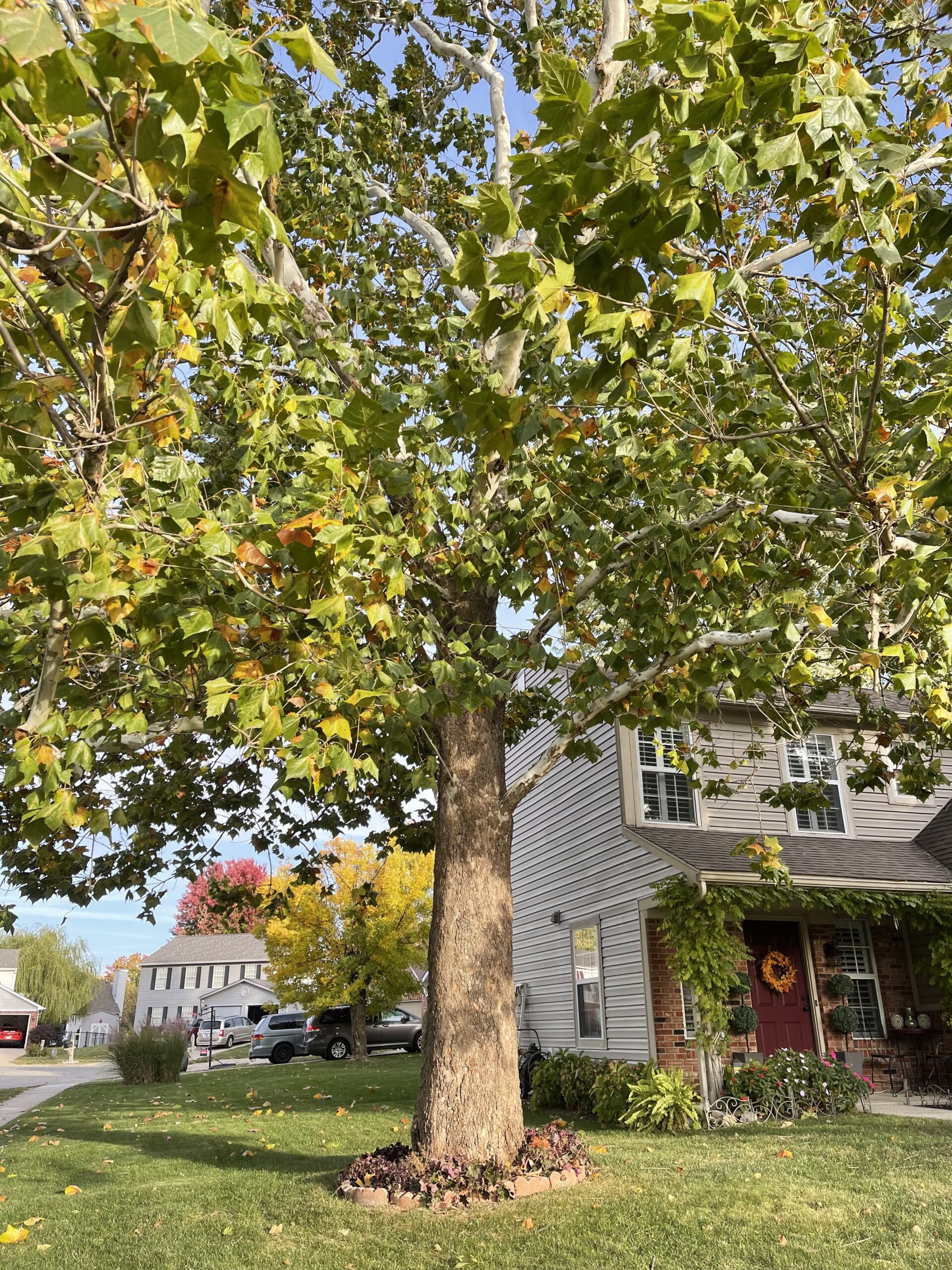

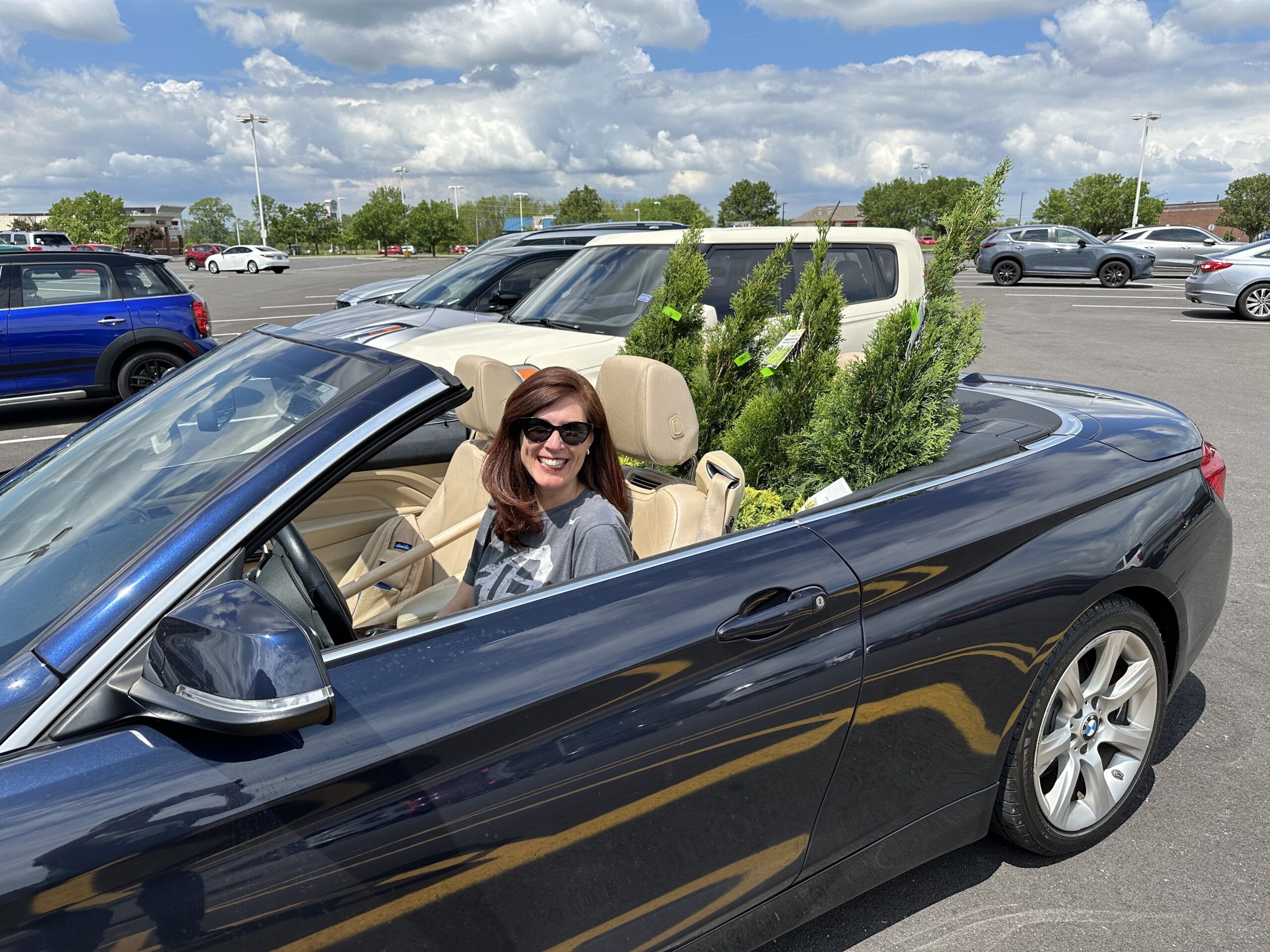

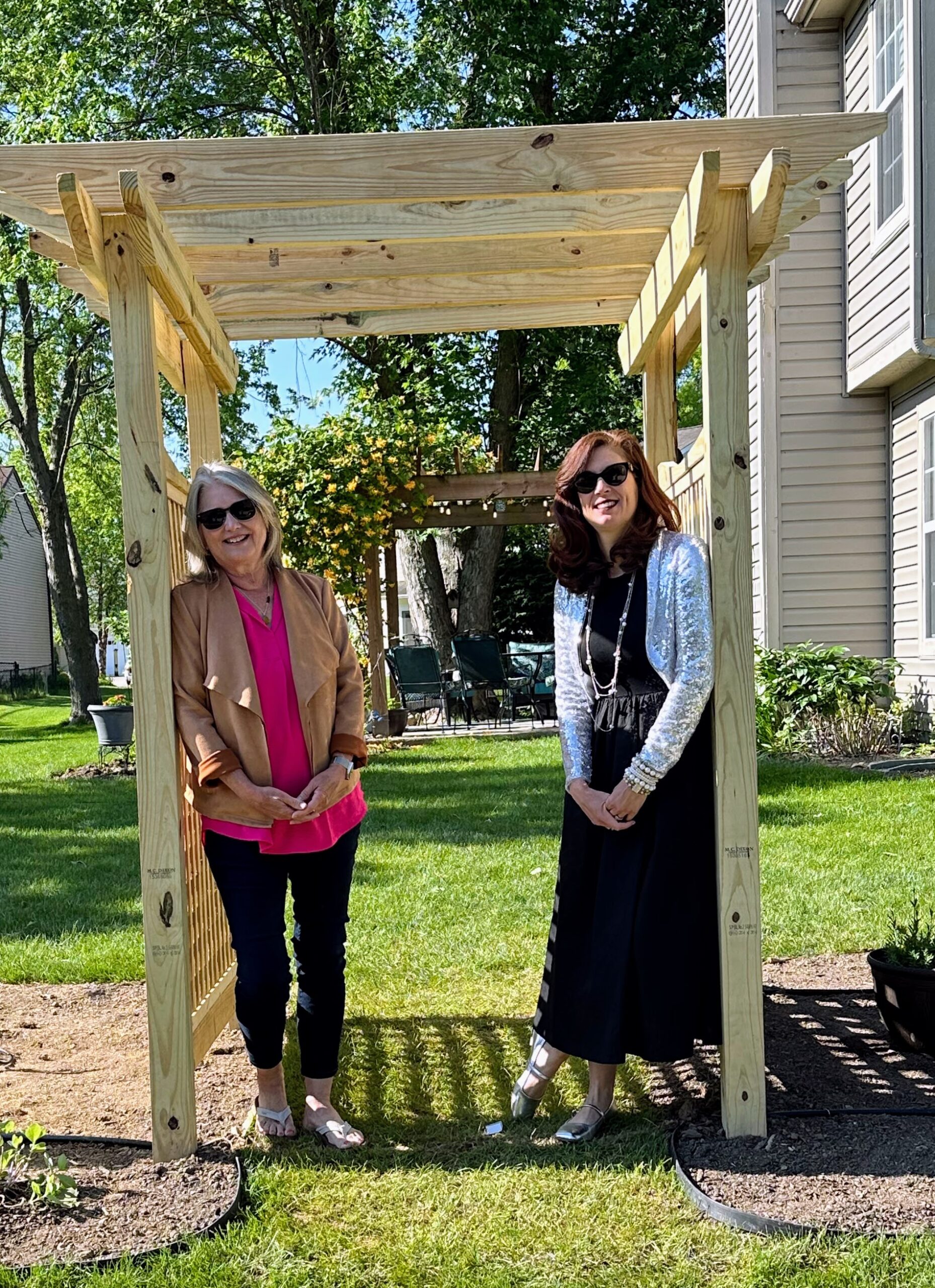
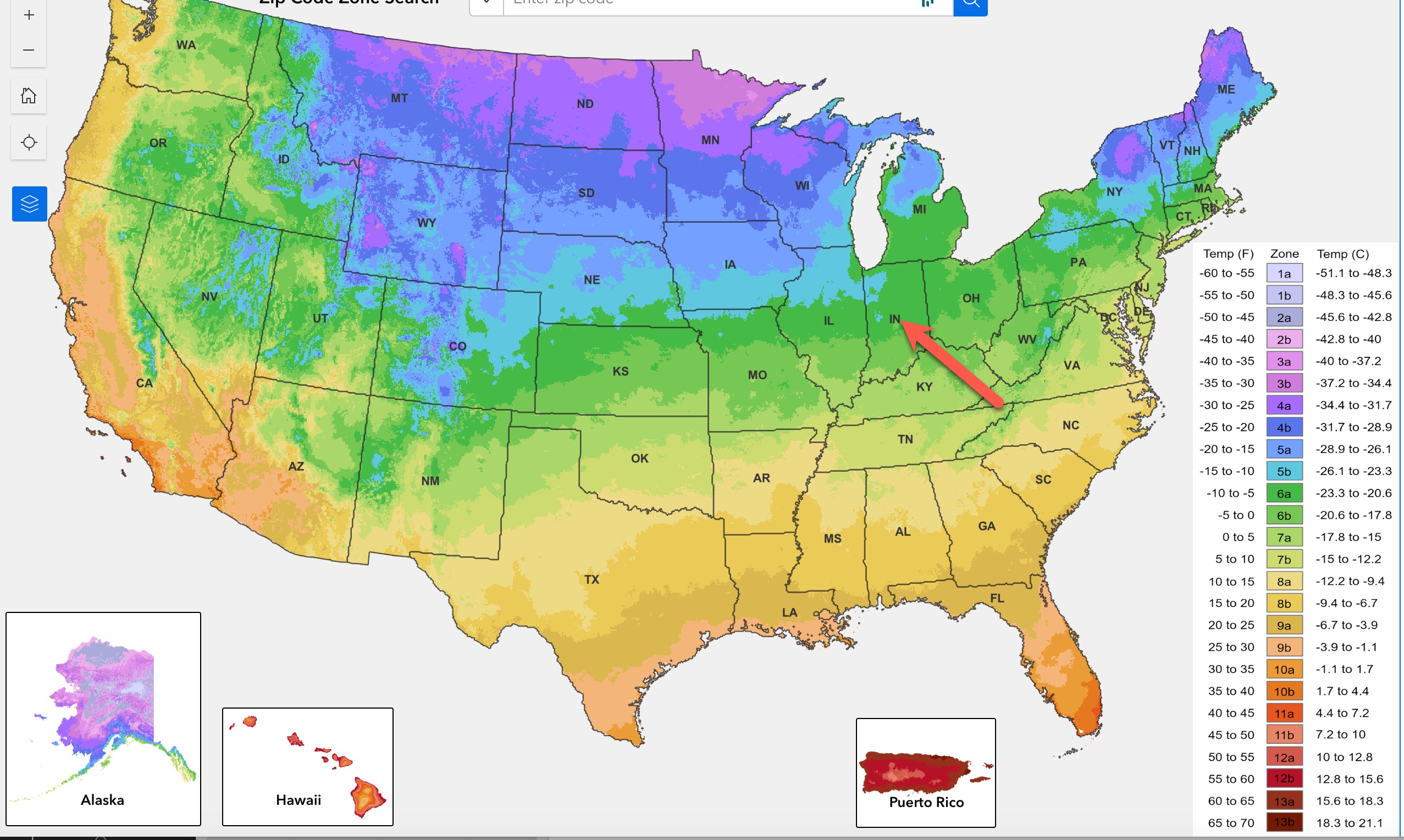
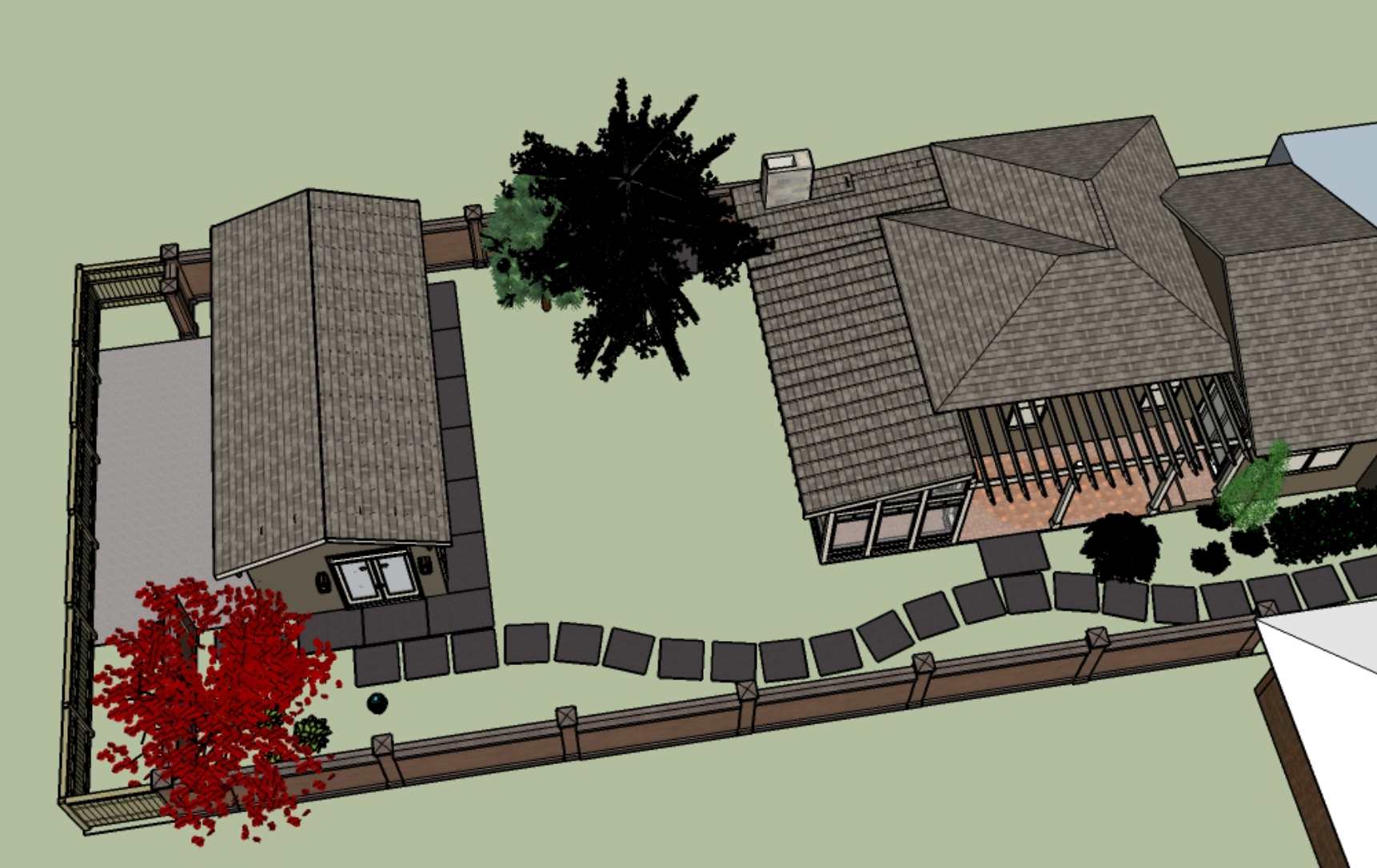
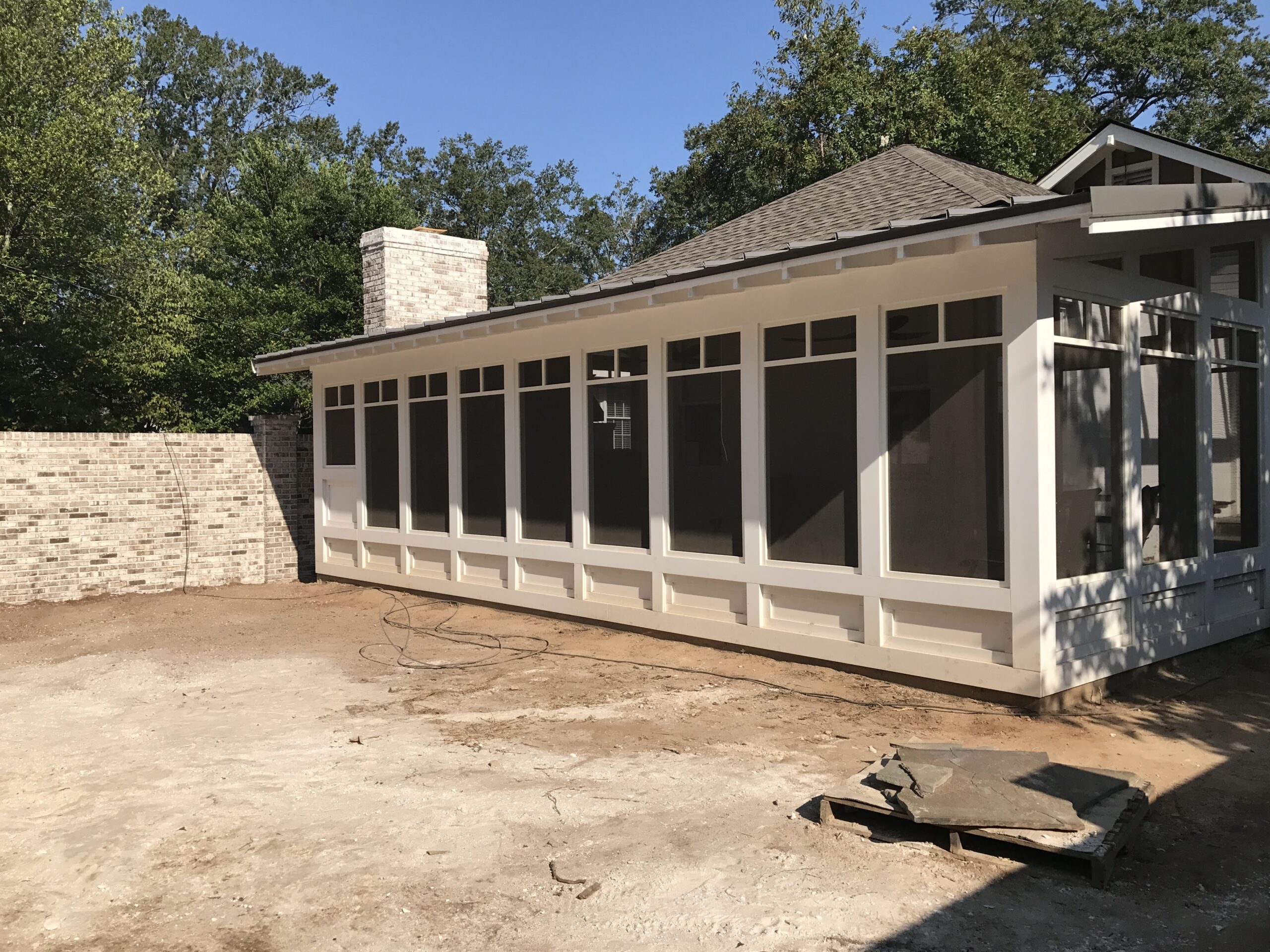
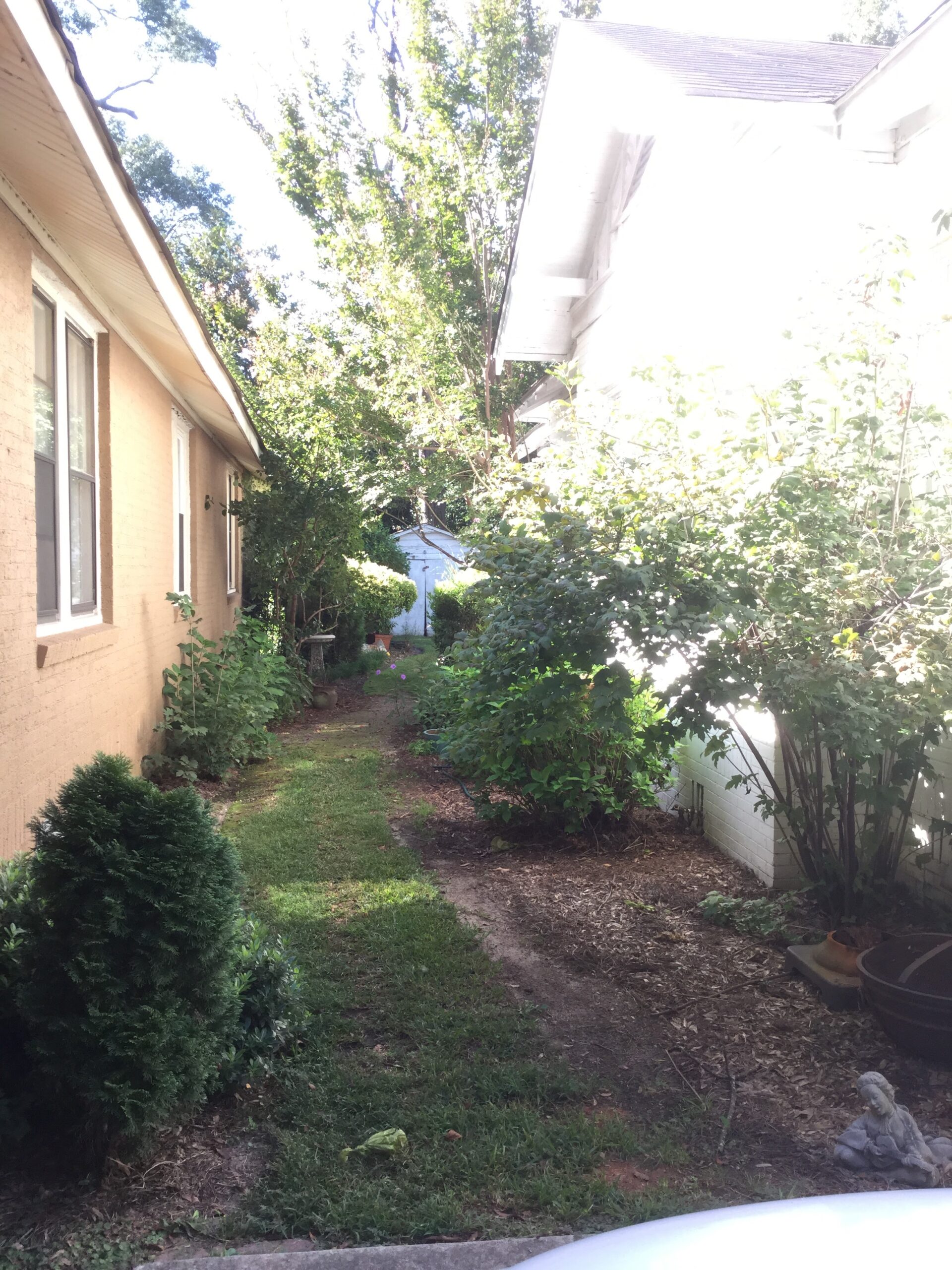
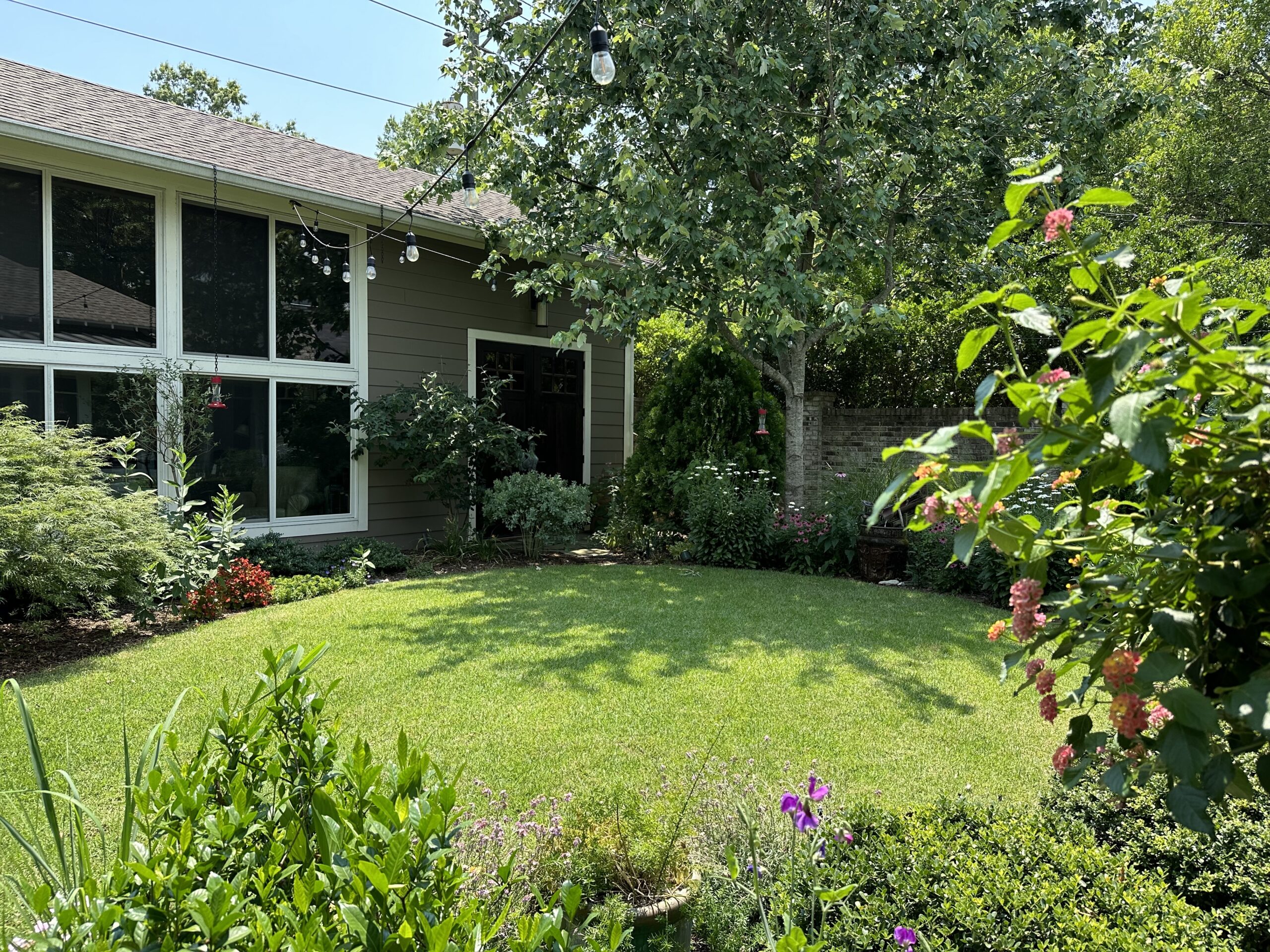
Wonderful, Jennifer. Very clearly offered with very concrete examples. I hope to share with my garden club thank you.
Thanks, Linda! That means a lot coming from you, my friend with such a great design eye. Please share widely!